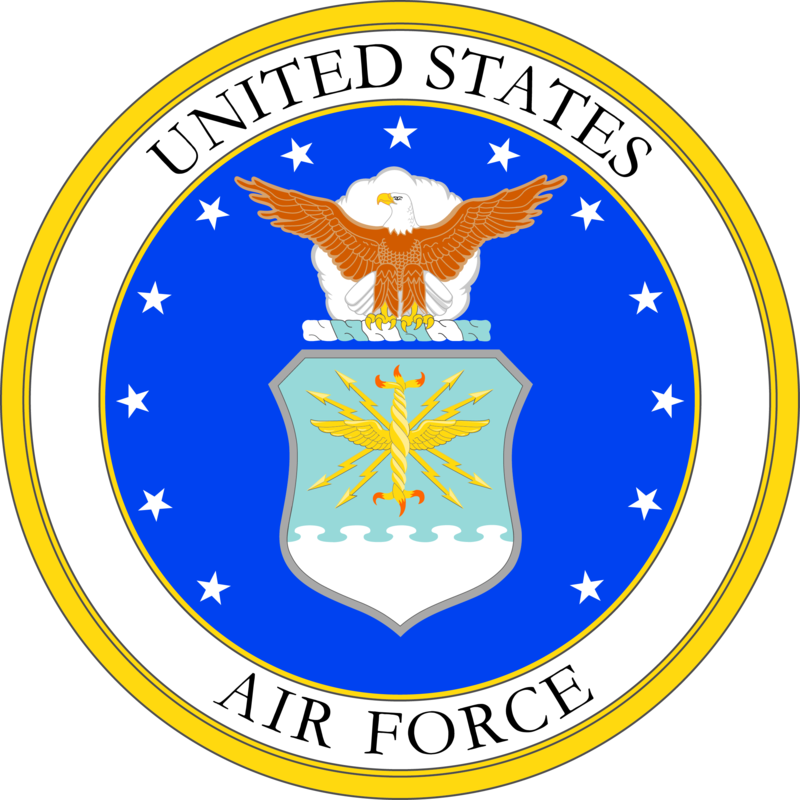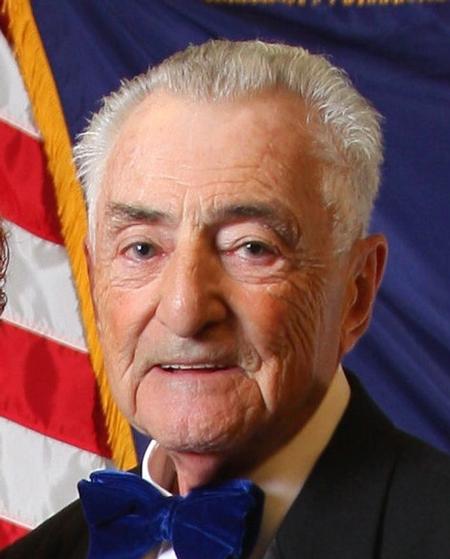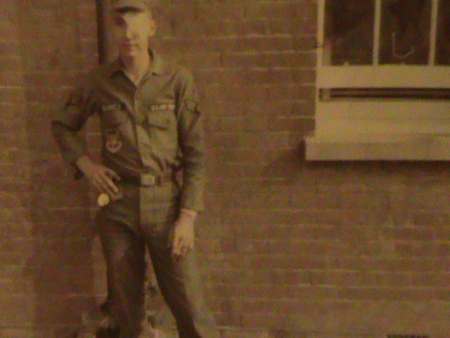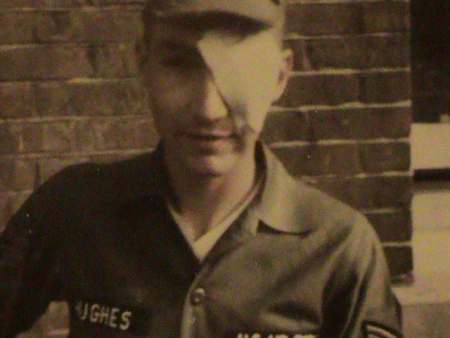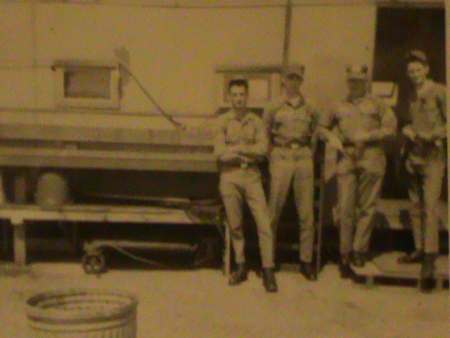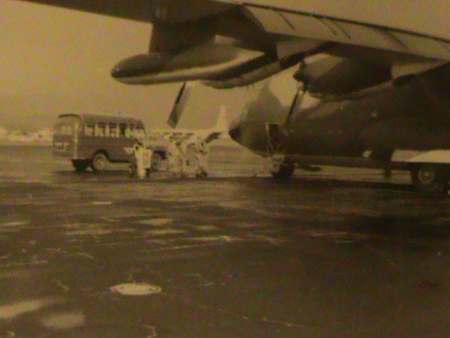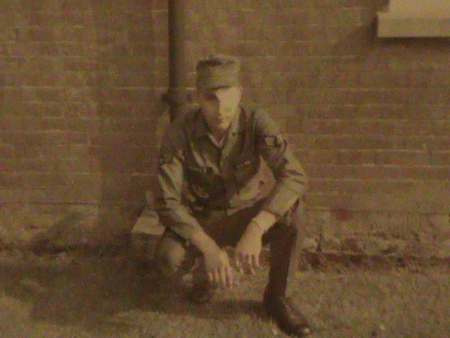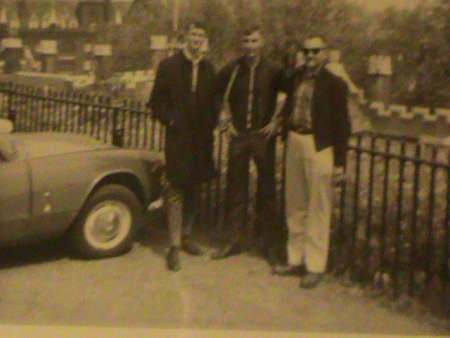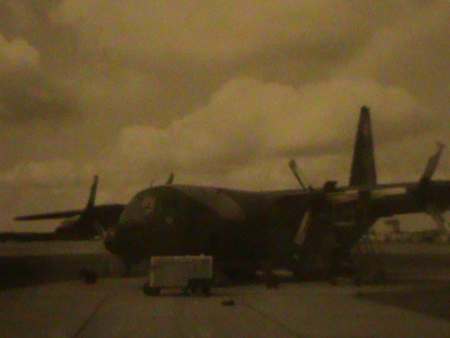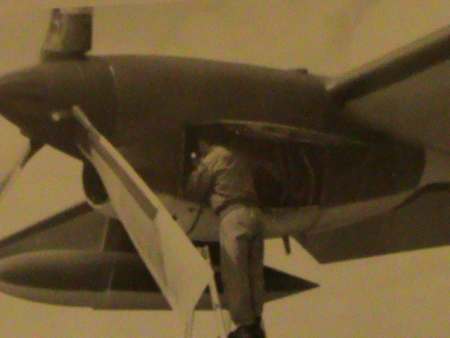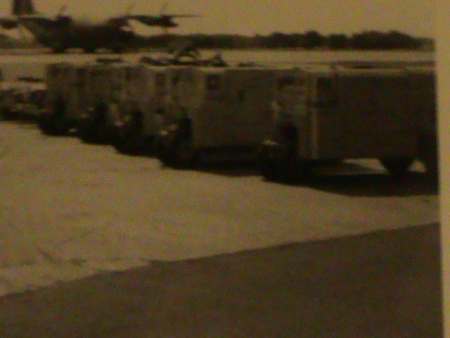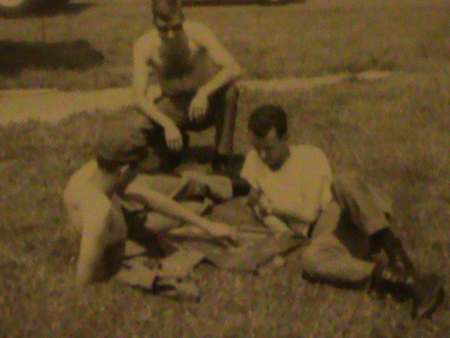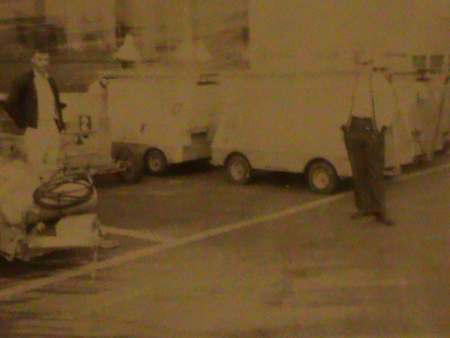ABOUT Lockbourne Air Force BASE, OHIO
- Home of the Tuskegee Airmen: After World War II, the famed Tuskegee Airmen of the 332nd Fighter Group were stationed at Lockbourne Army Air Base (later Lockbourne AFB), making it a central location in African American military aviation history.
- Strategic Air Command (SAC) Role: In 1948, Lockbourne AFB became a major Strategic Air Command base, responsible for strategic bomber and reconnaissance missions during the Cold War.
- Desegregation Landmark: Lockbourne was one of the first Air Force bases to implement President Truman's 1948 Executive Order 9981, which mandated the desegregation of the U.S. Armed Forces.
- Home to the 91st Bombardment Group: The base hosted the 91st Bombardment Group, famous for flying B-17 Flying Fortresses in World War II, during its postwar years as part of the Strategic Air Command.
- Transition to Rickenbacker: In 1974, Lockbourne AFB was renamed Rickenbacker Air Force Base in honor of Columbus native and WWI ace Eddie Rickenbacker.
- Airlift and Refueling Missions: Lockbourne played a key role in airlift and aerial refueling operations, hosting KC-135 Stratotankers and C-130 Hercules aircraft.
- Training Center for Navigators: The base served as a major training center for Air Force navigators, with thousands of airmen trained there over the years.
- Cuban Missile Crisis: During the Cuban Missile Crisis in 1962, bombers and tankers at Lockbourne were placed on high alert, reflecting its strategic importance.
- Base Closure and Conversion: The active Air Force base was closed in 1980, later becoming Rickenbacker Air National Guard Base and a civil-military airport, Rickenbacker International Airport.
- Historic Recognition: The site, especially its connection to the Tuskegee Airmen, is commemorated with historical markers and is part of Ohio’s military heritage trails.

